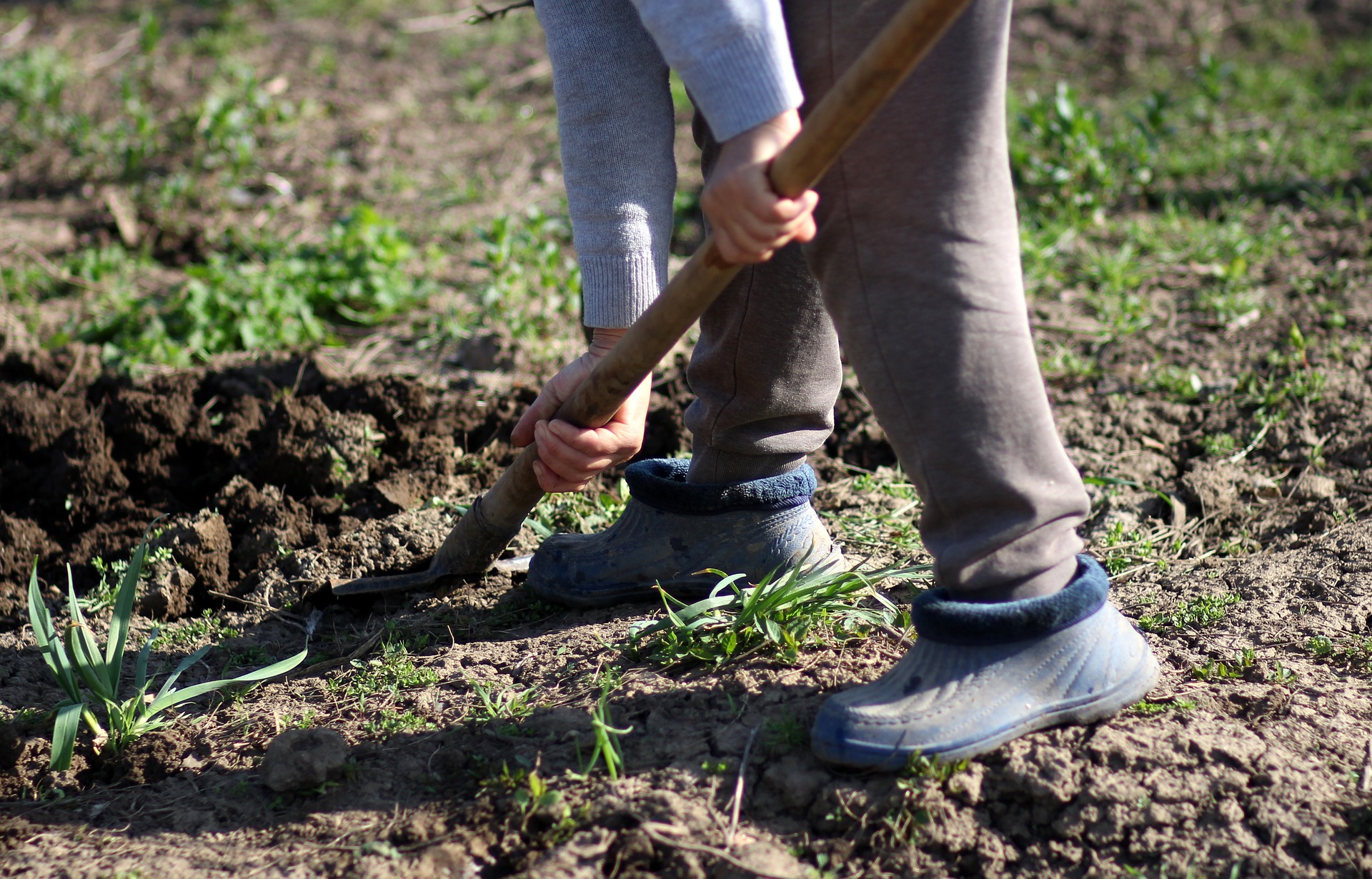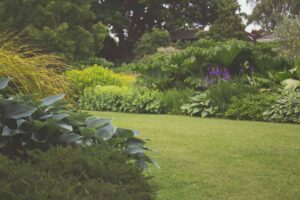Gardening jobs for January

The Christmas and New Year festivities are out of the way and we’re back to arguably the most depressing month of the year.
However, there’s no time to be moping around, as your garden needs you! So what’s on the to-do list for January?
Plan your vegetable crop rotations
To get the most out of your garden, you should start planning now about how and when you’ll be planting – and harvesting – your edible crops.
Rotating your crops each year is a great idea, not only because it reduces deficiencies in your soil, but can also suppress weeds and help to control pest and disease.
At this time of the year, you should be equally dividing out the areas where you are growing so you know where each will be planted, and consider ordering your seeds.
Dig over vacant plots
Most of this should have already been done now, however this job should be completed as early in the month as possible if not.
 Digging over your garden is vital for good plant growth, and if the quality of your soil is generally poor you can use this time to add organic matter into the mix to improve conditions.
Digging over your garden is vital for good plant growth, and if the quality of your soil is generally poor you can use this time to add organic matter into the mix to improve conditions.
Most plots will only need to be dug to the depth of your spade before turning the soil over. Naturally, you should look to carry out this work when the temperatures are mild – that way, you avoid having to deal with frozen ground.
Analyse your lawn and conduct repairs
If your lawn suffered damage over the festive period, you should look to address this in January.
Firstly, clear any remaining leaves and place them either in your organic waste bin or on the compost heap.
You can then begin to assess the overall state of your lawn. Does it need repairing on the edges? Is it looking uneven after heavy rain? Have bare patches developed? Has is experienced frost damage?
After looking at what might need to be sorted out, you can then work out how – and when – you can go about repairing it.
Winter pruning
Pruning apple and pear trees in winter will ensure your trees continue to be productive and don’t become congested with an excessive amount of branches.
One thing to be aware of is a condition called apple canker – a fungal disease that affects apple trees. However, this can be controlled chemically or by altering your drainage and soil pH accordingly.
Despite being relatively hardy, trees can also experience cold damage later on in the month, so watch out for this and take action to limit the negative impact by covering with fleeces overnight, although this can be a bit awkward with the larger trees, so use your judgement!







